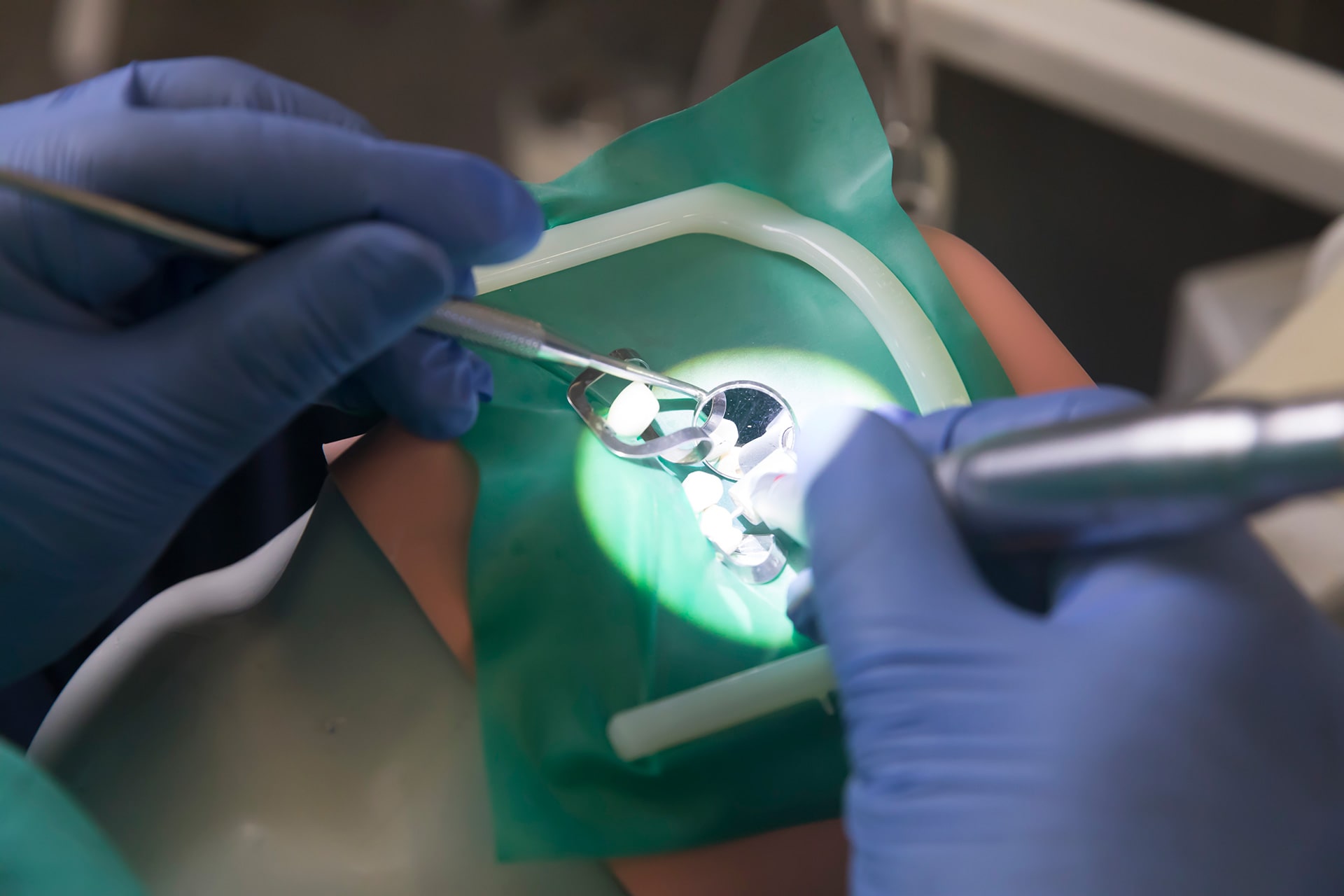USC Dental Faculty Member Helps Establish Dental Anesthesiology As The 10th Recognized Dental Specialty

Posted
AUG 29, 2019
Earlier this year, the American Dental Association’s National Commission on Recognition of Dental Specialties and Certifying Boards adopted dental as the 10th recognized dental specialty.
The historic vote is the result of work completed by Ostrow Associate Professor and President of the American Society of Dentist Anesthesiologists James Tom DDS ’99, who has been carrying on the mission that started more than 30 years ago.
“The entire specialty effort had been ongoing since the early 1980s. However, at the time, other dental professional groups saw this application as a direct threat to their practice, so the effort was abandoned in 1990,” Tom explained. “The American Society of Dentist Anesthesiologists picked the effort back up in 1991.”
Having the dental anesthesiology specialty gives educators a unique opportunity to better emphasize pain and anxiety control in clinical practice.
“Dentistry still has a tough stigma to overcome when our patient population fears treatment and demonizes aspects of dental care in popular culture,” Tom said.
As a new specialty, a dental anesthesiologist resident would function much like a physician anesthesiologist resident throughout a three-year program. Residents would spend 12-18 months in the hospital operating room, delivering anesthesia for all types of cases – both dental and medical.

One difference between the training of a physician anesthesiologist and a dental anesthesiologist is that the dental anesthesiologist will be trained to treat patients with special healthcare needs as well as pediatric populations in dental-specific settings.
“Many programs see a large number of patients with intellectual, behavioral and medical challenges that have varying degrees of oral neglect or a demand for continuous care,” he said. “Recently, a local dental anesthesiology program had residents complete rotations at Children’s Hospital for at least six months where they became a fixture in the operating rooms and became proficient in many aspects of pediatric anesthesiology.”
The training allows graduates to be eligible for a general anesthesia permit from any state dental board. This is entirely different from the moderate sedation permit that dentists receive after 60 hours of continuing education and 20 live-patient experiences.
“General anesthesia is a practice that only oral and maxillofacial surgeons and dentist anesthesiologists are eligible to receive by virtue of training,” Tom said. “Our emphasis in training lies mostly in complex patients with complex dental anesthesiology needs, such as pediatrics, geriatrics and those with special health care needs.”
USC does not have any current plans to launch a dental anesthesiologist specialty program, but it’s not out of the realm of future possibilities, according to Tom.
“Out of all places in the nation, California has the largest number of practicing dentist anesthesiologists, and it would be a great service to integrate into the other dental specialties.”
Dental anesthesiology, as a specialty, cannot exist on its own; it complements and enhances other dental specialties, Tom explained.
“Where I trained [at The Ohio State University], our dental anesthesiology service was a section of oral and maxillofacial surgery, and we worked symbiotically in aspects of patient care. It’s something we hope to replicate here.”
USC has had a long legacy in dental anesthesiology through faculty involvement. Dr. Stanley Malamed wrote the book on local anesthesia, sedation and medical emergencies used as a guide by dentists around the world.
“USC has many roots in dental anesthesiology from the involvement of pioneering oral surgeons and dentist anesthesiologists,” Tom said.
“It’s a great to have USC associated with the establishment of the newest dental specialty and hopefully increase awareness of advanced pain and anxiety control to our diverse patient population.”